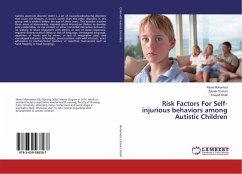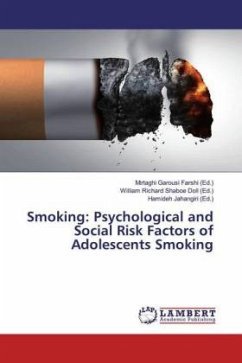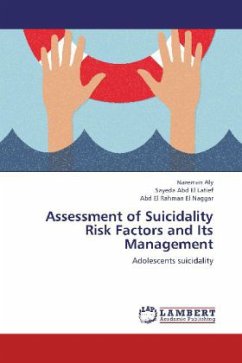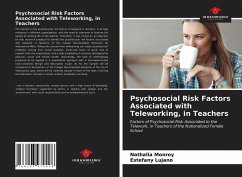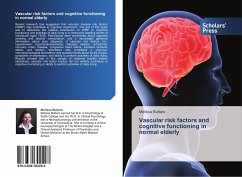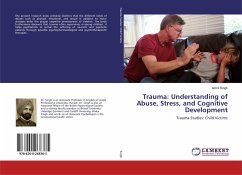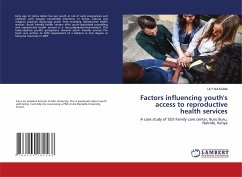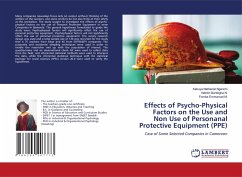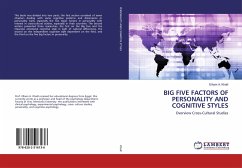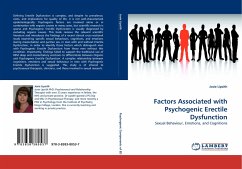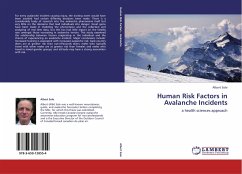
Human Risk Factors in Avalanche Incidents
a health sciences approach
Versandkostenfrei!
Versandfertig in 6-10 Tagen
45,99 €
inkl. MwSt.

PAYBACK Punkte
23 °P sammeln!
For every avalanche incident causing injury, the inciting event would have been avoided had certain differing decisions been made. There is a considerable body of research into the avalanche phenomena itself but very little on the decisions that lead individuals into danger. Great gains have been made in modeling the phenomena and the collection and analyzing of real time data, but this has had little impact on the fatality rate amongst those recreating in avalanche terrain. This study examined the relationship between factors originating in the individual and the chance of experiencing an ava...
For every avalanche incident causing injury, the inciting event would have been avoided had certain differing decisions been made. There is a considerable body of research into the avalanche phenomena itself but very little on the decisions that lead individuals into danger. Great gains have been made in modeling the phenomena and the collection and analyzing of real time data, but this has had little impact on the fatality rate amongst those recreating in avalanche terrain. This study examined the relationship between factors originating in the individual and the chance of experiencing an avalanche incident. Major conclusions include: Increased training is associated with increased avalanche risk; back-country skiers are at greater risk than out-of-bounds skiers; males who typically travel with other males are at greater risk than females and males who travel in mixed gender groups; and attitude may have a strong association with risk.



